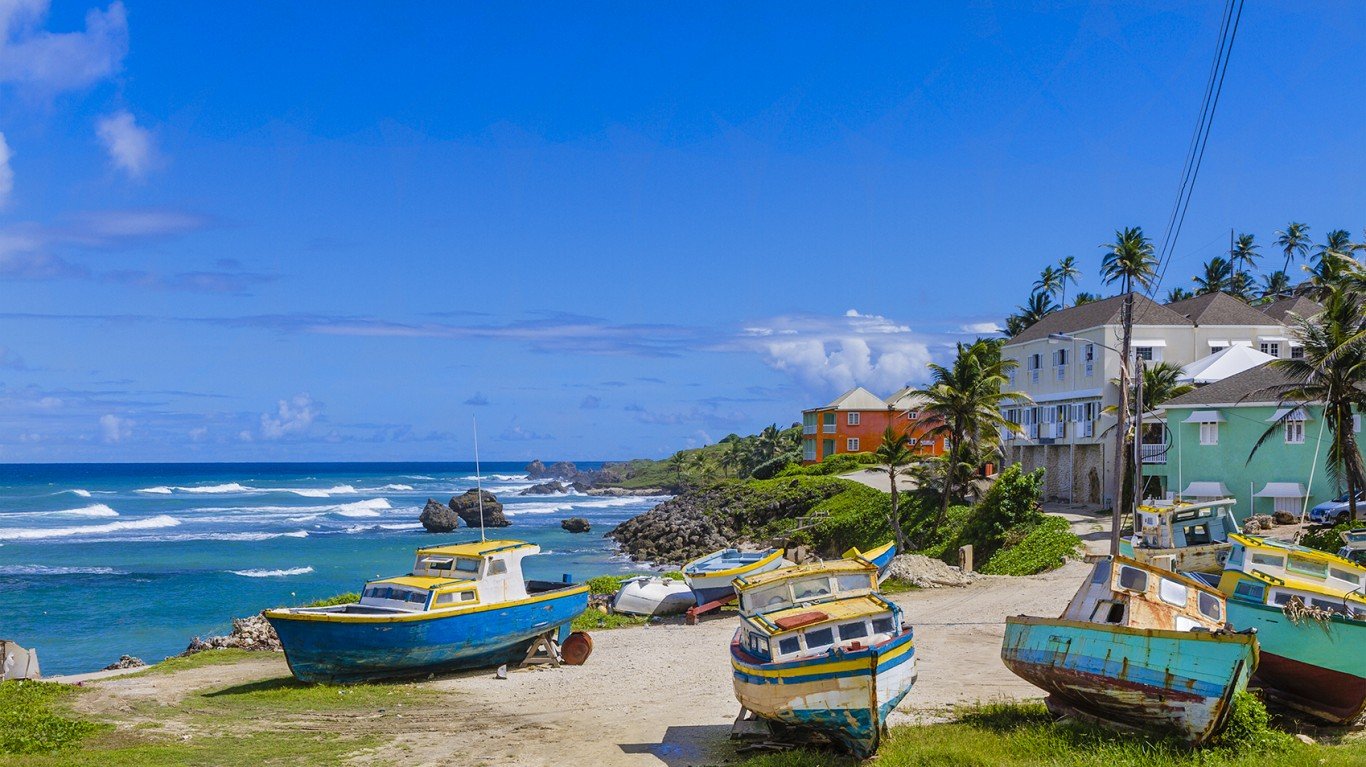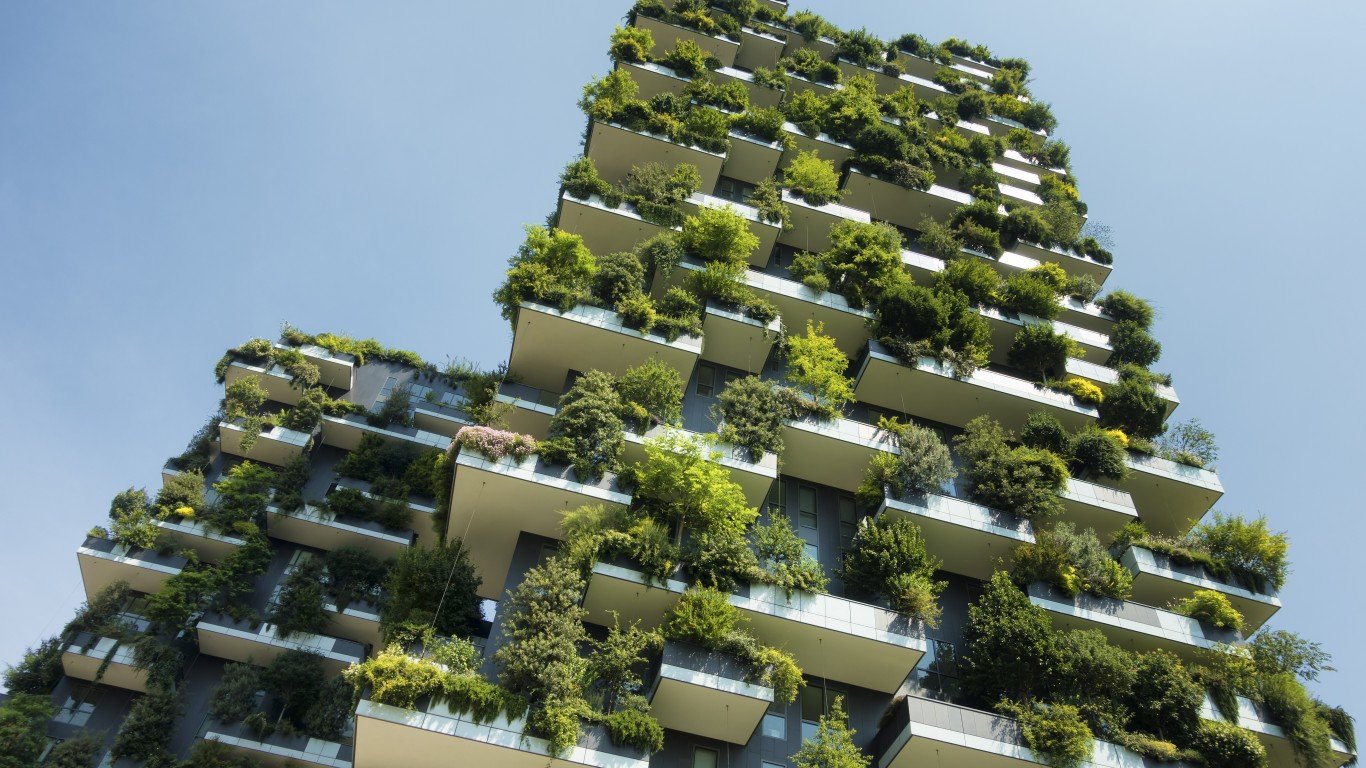

We should all strive to live in harmony with the Earth, no matter where we live. Disregard for our home is only doing damage to ourselves and our posterity. Wherever possible, we should support laws and ordinances that seek to improve the area where we live, not leave it a devastated landscape of pavement and single-use plastic.
However, it can feel overwhelming to implement green and Earth-friendly habits into our lives when every part of our culture is geared toward consumerism and wastefulness. That’s why some of our best cities have begun to implement green laws and ordinances to help, slowly changing their culture or matching the laws to meet existing cultural demands.
There is no standardized way to identify a “green city”. A city of 100 people will definitely have a lower carbon footprint than New York City, but is that a fair way to compare them? Does a city’s laws and initiatives make it greener than a neighbor even though it still has huge amounts of emissions and pollution? Is it the thought that counts when it comes to greenhouse gases?
This is a debate that is far from settled and is sure to continue for many generations (if we manage to make it that far). But in order to help, we compared the green status of all American cities using a few different measures.
First, we looked at their rank according to the American Council for an Energy-Efficient Economy (ACEE) on their City Energy Efficiency Scorecard. Second, we used Rocket Home’s list of the 15 Most Sustainable Cities in the U.S. Third, we looked at LawnStarter’s 2023 Most Sustainable Cities list.
Most of these lists compare the laws and initiatives supported by the cities like recycling programs, public transportation options, renewable energy, and the local culture and attitude around sustainable living.
Here are America’s 10 greenest cities.
#10 Minneapolis, MN
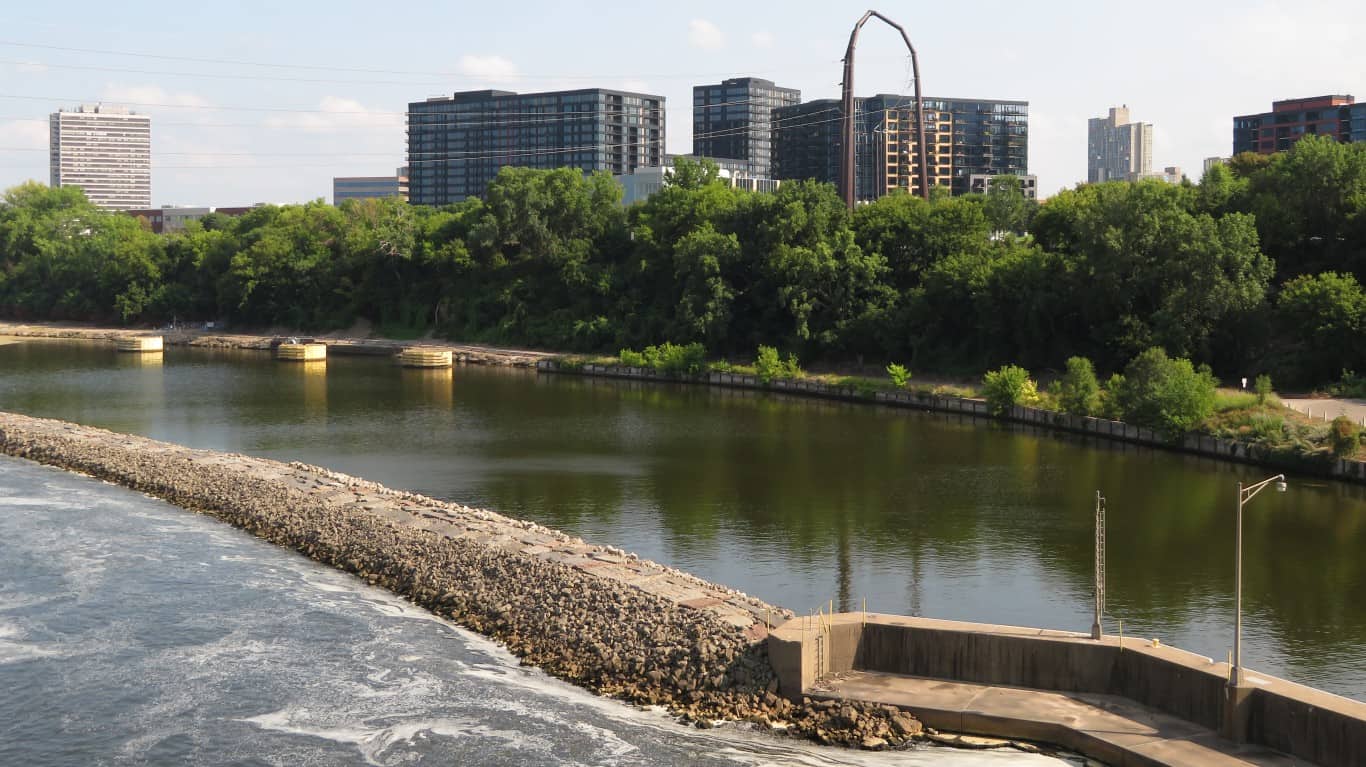
- ACEE Rank: #4
- Lawnstarter Rank: #12
- Rocket Home Rank: not ranked
Maybe not the first city that comes to mind when thinking of a sustainability leader, but Minneapolis has taken many steps through its legislation to get there. Through its Climate Action Plan created in 2006, the city plans to reduce all greenhouse gas emissions by 30% by 2025, a goal that it is on track to achieve, and 80% by 2050.
To help aid in this goal and retain transparency, Minneapolis has an online tracking page that periodically releases citywide emissions data and greenhouse gas inventories. The city council also formally adopted a city-wide goal of 100% renewable energy by 2030, another target they are on track to reach.
#9 Los Angeles, CA

- ACEE Rank: #8
- Lawnstarter Rank: #10
- Rocket Home Rank: #11
Los Angeles is widely known for its horrific rush-hour traffic, which is why it’s surprising that it is ranked so highly among all of our lists. Just being located in California seems to lend itself to a sustainable culture, but did you know that La La Land was the first city in the country to require city buildings to be designed according to LEED compliance? Or that it has the highest solid-waste recycling rate of any other U.S. city?
Besides those impressive feats, its Green New Deal city plan commits to a comprehensive goal to achieve carbon neutrality by 2050! Besides that, this plan also set a renewable energy target of 55% by 2025 (something it is on track to meet,) 80% by 2036 and 100% by 2045. L.A. also has a community solar pilot program, a tree protection ordinance, and a Cool Streets program that aims to mitigate the heat island effect.
#8 Denver, CO

- ACEE Rank: #7
- Lawnstarter Rank: #19
- Rocket Home Rank: #5
The Mile-High City has hybrid taxis, 200 urban parks, zero-waste restaurants, and grocery stores, and was the first city to achieve the Platinum LEED Certification. It has a goal of reaching 100% renewable energy by 2030 and builds solar gardens above its parking lots and rooftops.
Denver has a tree planting program that will have achieved one million trees by 2025, and it collects about 26,000 tons of recyclables a year. Their Greenprint Denver initiative has been lauded as one of the most comprehensive plans in the country.
#7 Portland, OR

- ACEE Rank: #11
- Lawnstarter Rank: #14
- Rocket Home Rank: #3
Portland is keeping it weird and keeping it sustainable! They have already replaced all their streetlights with LED bulbs, resulting in a 50% reduction in energy use, they recover 81% of all waste produced by city operations and already get most of their energy from renewable sources. We love their 315 miles of bicycle paths the highest number of urban parks per capita in the U.S., and over 37,000 acres of public green space!
Portland is on top of things with its Climate Action Plan, Climate Change Preparation Strategy, and Environment and Justice Framework for crafting new laws and initiatives. Portlandians also embrace the FLOSS lifestyle- Fresh, Local, Organic, Seasonal, and Sustainable. You can see proof of this in their local business, and vegan and vegetarian-friendly restaurants.
#6 Washington, D.C.

- ACEE Rank: #3
- Lawnstarter Rank: #18
- Rocket Home Rank: #4
As the nation’s capital, Washington is striving to also become the nation’s sustainable capital. Mayor Muriel Bowser has said, “My vision is to make the District of Colombia the healthiest, greenest, most livable city for all District Residents.”
Washington D.C. has implemented the Fix-It DC program to rid the district of a throw-it-away consumerism attitude. Participants can bring their broken items to the Fix-it DC community events where volunteers are present to help provide repair guidance. The Glasgow Food and Climate Declaration implemented several integrated food policies that tackle climate emergencies.
The Climate Ready D.C. Plan goals for the city to be climate resilient by 2050. And finally, the Climate Commitment Act of 2022 codified and accelerated the district’s commitment to achieve city-wide carbon neutrality by 2045.
#5 Seattle, WA

- ACEE Rank: #2
- Lawnstarter Rank: #7
- Rocket Home Rank: #10
In Seattle, hydroelectricity powers almost all of the city, all city lights are carbon neutral, and there are over 500 parks within city limits. Some other things we love about Seattle are its abundance of thrift shops, plastic bag bans, and that it prioritizes incorporating marginalized residents in its decision-making roles when creating new energy policies.
There are so many sustainability laws that are codified in Seattle. Some of our favorites include the Climate Action Plan which plans to reduce the greenhouse gas emissions produced from transportation by 82% by 2030 and mandates that commercial and residential buildings reduce energy consumption by 10%-20% by 2030. The Affordable Housing Around Transit initiative incentivizes the development of affordable houses near public transit stops by offering generous tax exemptions in designated urban centers. And finally, Seattle incorporates the “Green Factor” into city building codes which requires new builds to integrate green infrastructure such as green roofs, rain gardens, and swales.
#4 San Jose, CA
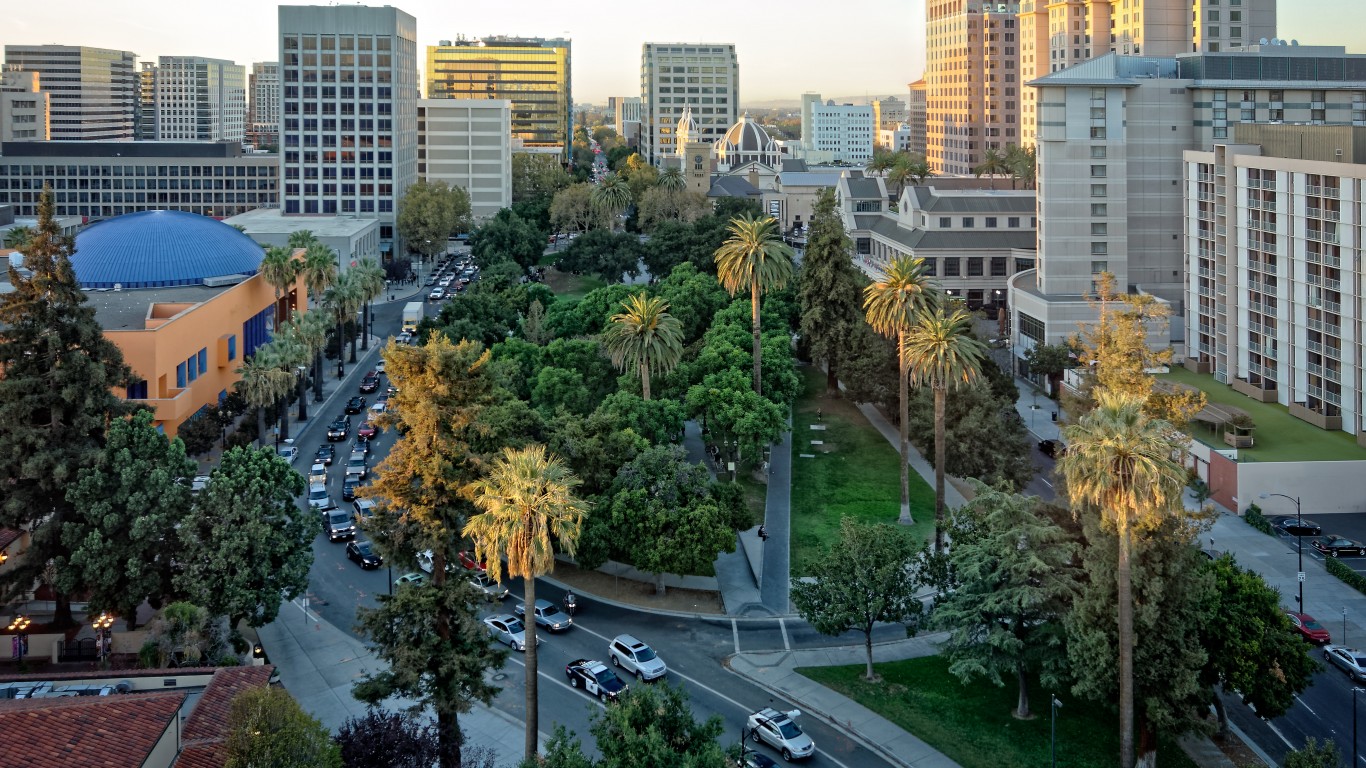
- ACEE Rank: #9
- Lawnstarter Rank: #6
- Rocket Home Rank: #6
San Jose, another Californian sustainable showcase has a transit-oriented downtown area and because city growth is focused on the core of the city, it maintains its ex-burb areas as natural wildlife preserves.
San Jose’s Green Vision has committed to have 60% of all passenger vehicles transitioned to electric by 2030, and The Climate Smart Plan charts a course for San Jose to meet the greenhouse gas reduction targets that were set by the International Paris Agreement.
#3 San Diego, CA
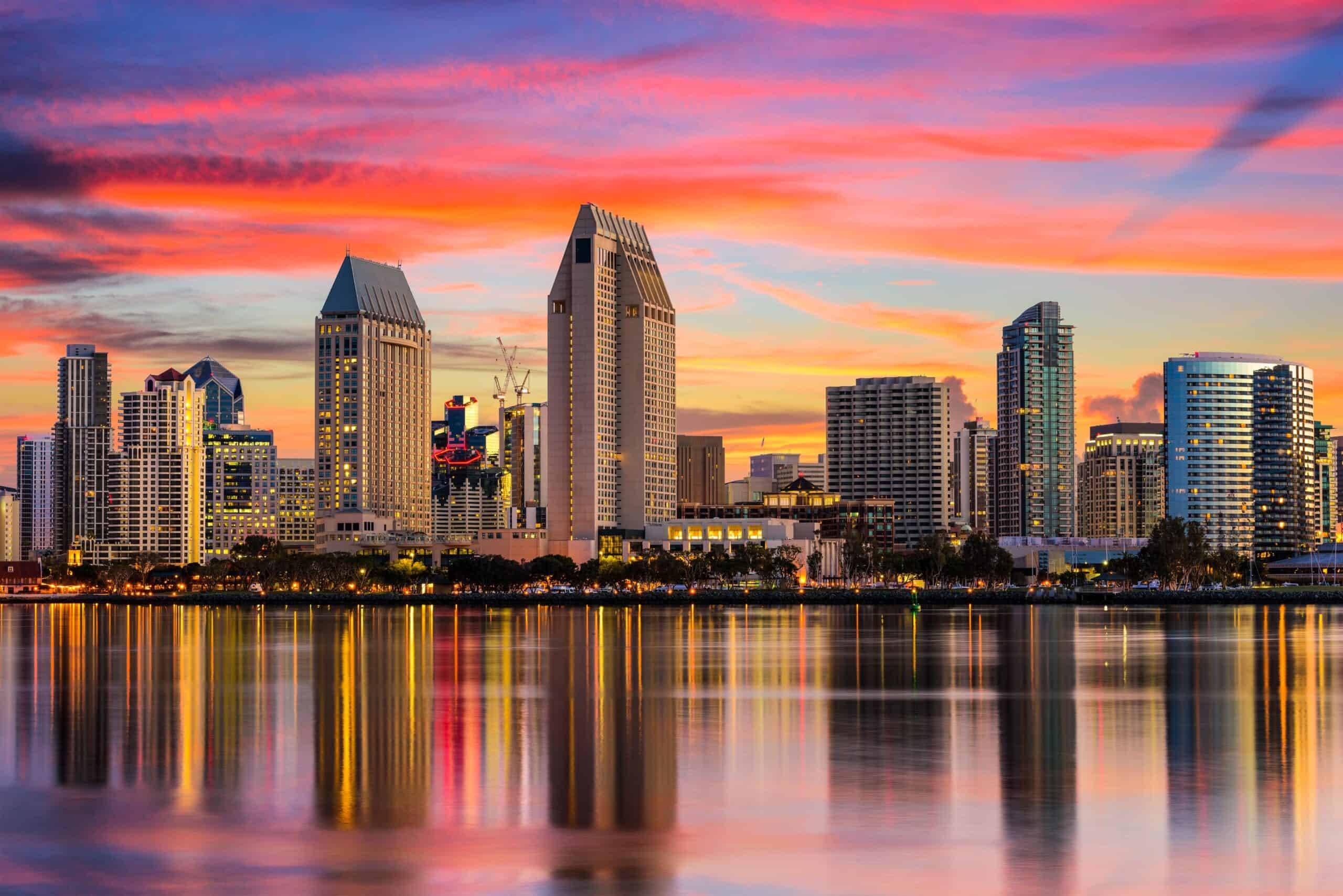
- ACEE Rank: #16
- Lawnstarter Rank: #5
- Rocket Home Rank: #2
San Diego: home of the San Diego Zoo, the zoo with the best living conditions for their animals in the country, the Claude “Bud” Lewis Carlsbad Desalination Plant that produces 50 million gallons of potable water per day from seawater, and is known as the most bike-friendly city in America.
San Diego has a goal of 100% renewable energy usage by the year 2050, and they were the first city in America to make this commitment. The Climate Resilient SD is a plan filled with specific actions to prepare and respond to climate change hazards while particularly protecting underserved communities. The city’s Zero Waste Plan set the goal of 90% waste diversion by 2035 and 100% by 2040, and San Diego has successfully decreased their greenhouse gas emissions by 25% in the past decade.
#2 Boston, MA

- ACEE Rank: #5
- Lawnstarter Rank: #2
- Rocket Home Rank: #7
Boston is doing its part legislatively and culturally to meet its goal of achieving carbon neutrality by 2050. Besides implementing a private tree protection ordinance and being the home of the nation’s oldest transit line, Boston is also home to hybrid taxis, a pay-as-you-go bike-sharing system, and dozens of Energy Star hotels.
Go Boston 2030 has set the goal of reducing greenhouse gas emissions from transportation by 50% by 2030 and requires a 4% per-capita average annual greenhouse gas emission decrease from its original baseline.
The Local Wetland Ordinance expanded the Boston Conservation Commission’s authority to protect vital wetland resources that provide ecological services.
The Article 80 Development Process requires any commercial or residential development over 100,000 square feet to install green infrastructure, and Article 37 of the Boston Zoning Code mandates that developers must submit a carbon-neutral building assessment for each new build.
#1 San Fransisco, CA
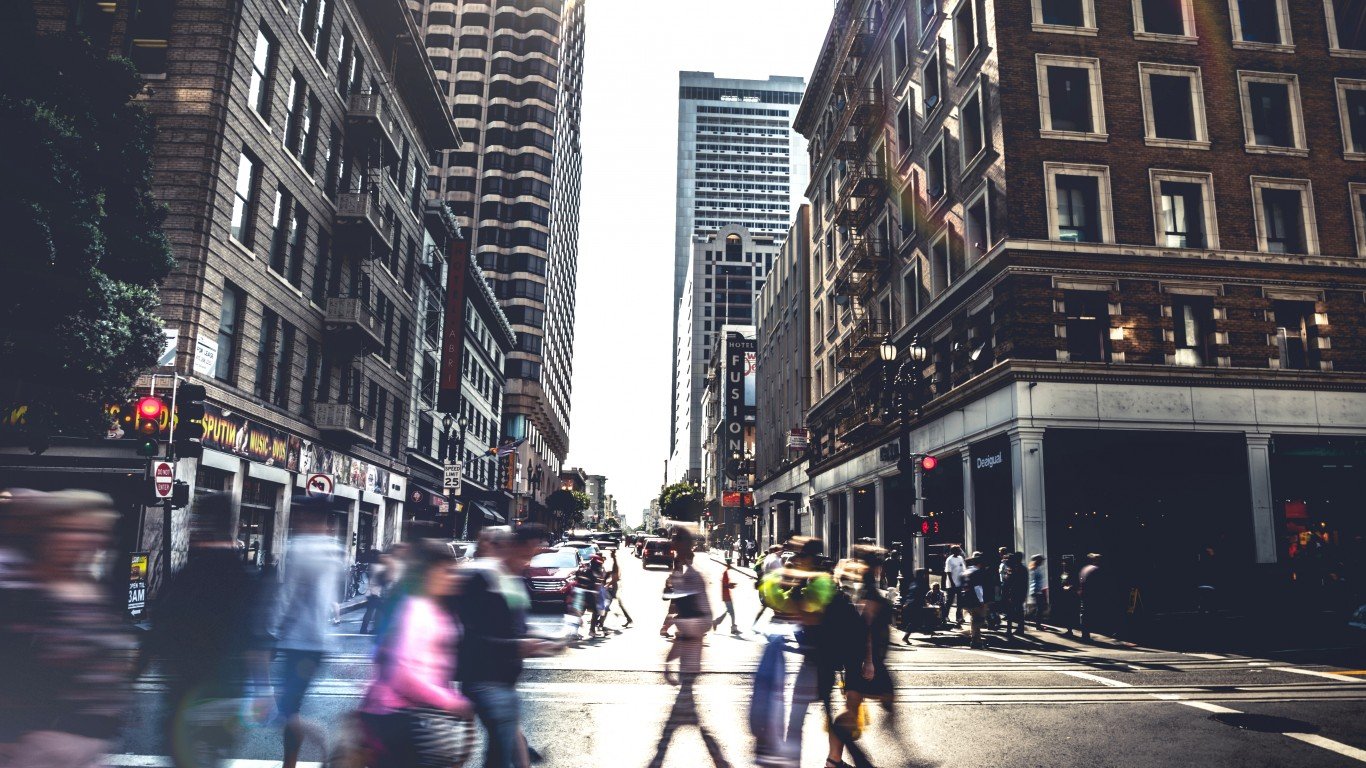
- ACEE Rank: #1
- Lawnstarter Rank: #1
- Rocket Home Rank: #8
San Fransisco has been recognized for its eco-friendliness for a while, and rightfully so! San Francisco boasts the largest public transportation system in the country, and 77% of all municipal waste is recycled. It has city-wide composting mandates, 60% of all taxis run on alternative fuel, over half of buses and light rails have zero emissions, and it has a ban on the use of plastic shopping bags since 2007. It’s no wonder that San Fransisco is America’s example of a green city.
San Francisco doesn’t only have a sustainable culture, sustainability is written deep into the law. The City Ordinance 81-08 sets the goal to reduce all of the greenhouse gas emissions in the city to 80% below the 1990 levels by 2050, with a 40% reduction by 2025.
Environmental Code Section 902 is the landmark code that codified citywide greenhouse gas emissions reduction goals into law.
The 2011 Updated Electricity Resources Plan lays out specific actions to meet the citywide goal of generating 100% renewable electricity by 2030.
The Climate Action Plan is pushing progress forward with specific actions including creating 11 online multi-lingual workshops on equity-driven climate action, enacting stormwater management compliance guidelines, and establishing resilience hubs in disadvantaged communities that feature clean energy technologies for those communities to use.
The Better Roofs Ordinance requires all newly constructed buildings to have either green roofs or roofs with solar panels.
And finally, San Francisco is transparent with their efforts by routinely releasing their greenhouse gas emissions data on an open data portal and online dashboard.
Smart Investors Are Quietly Loading Up on These “Dividend Legends” (Sponsored)
If you want your portfolio to pay you cash like clockwork, it’s time to stop blindly following conventional wisdom like relying on Dividend Aristocrats. There’s a better option, and we want to show you. We’re offering a brand-new report on 2 stocks we believe offer the rare combination of a high dividend yield and significant stock appreciation upside. If you’re tired of feeling one step behind in this market, this free report is a must-read for you.
Click here to download your FREE copy of “2 Dividend Legends to Hold Forever” and start improving your portfolio today.
Thank you for reading! Have some feedback for us?
Contact the 24/7 Wall St. editorial team.

